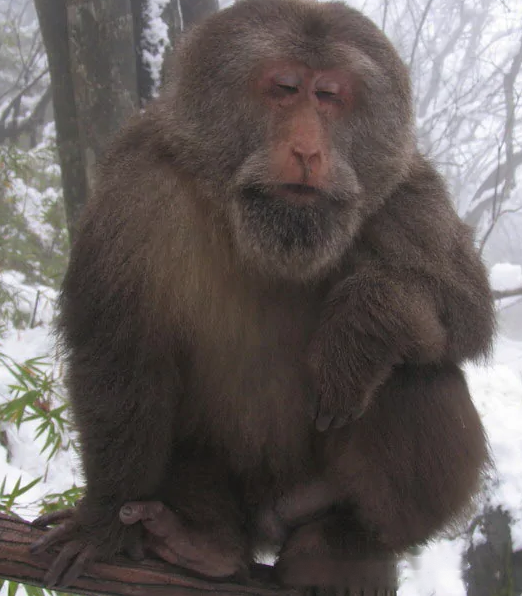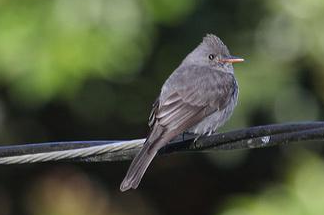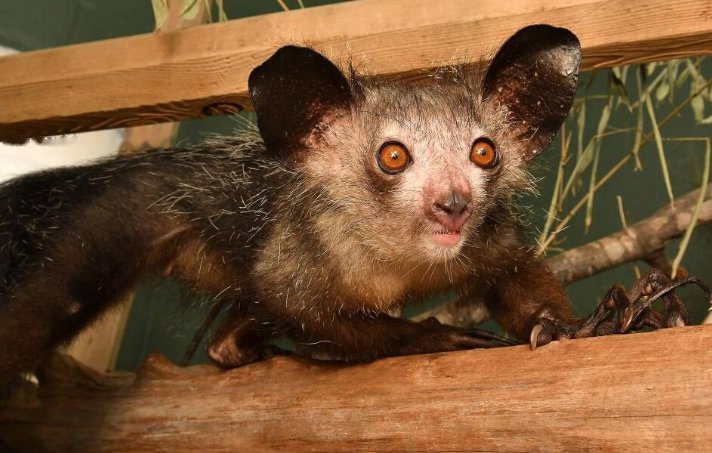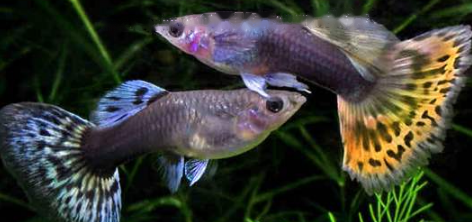The cynomolgus is a kind of primate native to Cambodia, China, India and other Asian countries, because their tails are surprisingly short, and they do not have long hind feet. It is one-tenth of its body length, and its coat is sparse, so it is also known as the docking-tailed monkey. Today, let Xiaobian show you about this magical creature!
【Chinese name】cynomolgus
【other name】red-faced monkey, pile-tailed monkey, human bear, dock-tailed monkey, big green monkey, Red-faced monkey
【English name】Stumptail Macaque
【Latin name】Macaca arctoides
【Kingdom】Animal Kingdom
【Door】 ] Chordate
[Subphylum] Vertebrate subphylum
[Class] Mammalia
[Subclass] Animalia
【Order】Primates
【Suborder】Cananasidae
【Family】Monkey family
【Subfamily】Macacao subfamily
[Genus] Macaque
[Species] Cynomolgus2. Morphological characteristics
1. Body type: short tail The monkey is a larger type of macaque. The cynomolgus monkey has a broad face, a relatively broad skull and a prominent eyebrow ridge. The body shape is round, simple and solid, and the limbs are thick. The body length of the male beast is 52-65 cm and the weight is 9.9-10.2 kg; the body length of the female beast is 48-59 cm and 7.5-9.1 kg.
2. Body color: adult cynomolgus males have bright red face, old purplish red, and juvenile flesh red. Adults have brownish-yellow eyebrows, and white hairs appear on the face of old monkeys, often extending to the side of the nose. The ears are small, and the tail is short and bald. The back of the body is brown in color, the coat is longer, and the ventral surface is slightly lighter; the body hair is long and dense, and the adult monkey hair is 8-12cm long. And the internal measurement of the limbs is lighter, showing light tan. Adult cynomolgus monkeys in the southwest of China have a heavy brown head, while those from the east have a prominent brown head.

III. Distribution and Habits
1. Distribution: Cynomolgus monkeys are native to Asia, Cambodia, China, India, Lao People's Democratic Republic, Malaysia, Myanmar, Thailand And Vietnam, where experts believe the cynomolgus may be extinct in Bangladesh.
2. Social characteristics: Cynomolgus monkeys like to live in groups, and the number of each group varies from 10 to 30, sometimes as many as 80 or so. Compared with other Chinese macaques, they are more ground-dwelling, especially when they are frightened and flee along the ground.
3. Migration: Affected by climate and plant phenology, cynomolgus monkeys have obvious seasonal vertical migration. When migrating, the adult female monkeys are in front, the adult male monkeys press the team, and the young monkeys hang under the mother monkey's abdomen. The noise is small and the speed is fast. The daily activity distance is 1-2 kilometers. The longest in summer, second in autumn, spring and winter Roughly equal, the number of days spent in one place varies from 1 to 5 days. The wandering route is often relatively fixed. When exercising by the river or in the bamboo forest, they often walk or escape one by one in a certain order, which can form a monkey road on the ground.
4. Diet: The food of cynomolgus monkeys is mainly fresh branches and young leaves of plants, flower buds, wild fruits, bamboo shoots, bamboo leaves, fruits, seeds, insects and small vertebrates, and they often search for farmland Corn, rice and potatoes, and small animals such as crabs and frogs are also caught in the river valley.
4. Breeding status
The mating period of cynomolgus monkeys is from July to February of the following year, among which September-October is the peak mating season. When the female is in heat, the skin turns red, but the swelling is minimal. The gestation period is about 6 months, and the litter is born in March-April of the second year, usually every other year, with one cub per litter.
V. Population status
The main reason affecting the survival of cynomolgus monkeys is habitat destruction, including logging, burning charcoal, building roads, dams, Laying power lines and fishing, but also arson, habitat fragmentation, soil erosion. The species has been included in the 2013 IUCN Red List of Threatened Species ver 3.1 - Vulnerable (VU).
The introduction to the knowledge about cynomolgus monkeys is here. If you have any questions, you can leave a message and discuss in the comment area.
![[Original] Sharing of popular science knowledge of ringed map turtles](/static/img/11249/11249_1.jpg)




